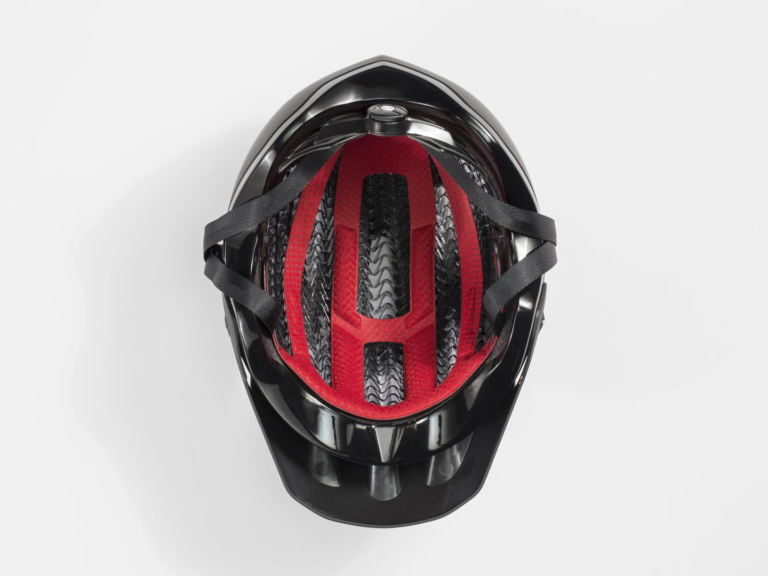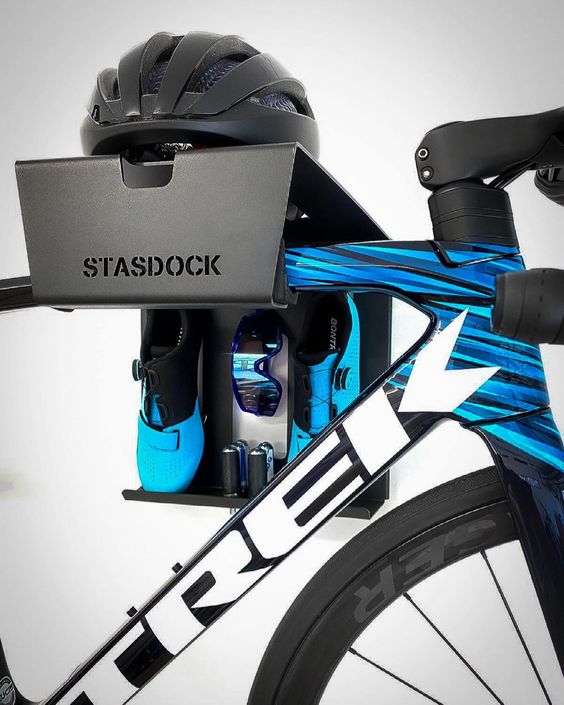Eco-Friendly Gravel Bike Helmets: Sustainable Cycling for the Conscious Rider

Key Point Summary of Eco-Friendly Gravel Bike Helmets:
- Eco-Friendly Materials: Modern eco-friendly helmets use sustainable materials, reducing environmental impact.
- Performance and Safety: These helmets balance eco-consciousness with the necessary performance and safety standards.
- Design and Comfort: Attention to ergonomic design and comfort, suitable for various biking experiences.
- Cost and Availability: While potentially more costly, they offer long-term benefits and are increasingly available.
- Maintenance and Lifespan: Understanding the care and lifespan of eco-friendly helmets is crucial for optimal use.
As a masters cyclist who’s pedaled through countless experiences on mountain, gravel, and cyclocross bikes, I’ve always been keen on gear that not only enhances performance but also aligns with my environmental values. Today, let’s delve into the world of eco-friendly gravel bike helmets – a topic close to my heart as a rider and an earth-conscious individual.
Why Eco-Friendly Helmets?
In the past, the focus was mainly on performance and safety. Now, as we become more aware of our environmental footprint, the cycling industry is shifting gears. Eco-friendly helmets are not just a trend; they’re a step towards sustainable cycling.
Materials Make the Difference
The most significant difference between traditional and eco-friendly helmets is the materials. Companies are now using more sustainable options like recycled plastics, natural fibers, and even biodegradable components. I remember my first helmet, a bulky affair that was all about safety, with little thought for the environment. Comparatively, my latest eco-friendly helmet is a testament to how far we’ve come, blending safety with sustainability.
Safety: A Non-Negotiable Aspect
A common misconception is that eco-friendly means compromising on safety. That’s far from the truth. These helmets meet, and sometimes even exceed, safety standards. Remember, no matter how green a helmet is, it’s worthless if it doesn’t protect you. I’ve taken a few spills on my gravel rides, and I’m thankful for my helmet that was both eco-conscious and a literal lifesaver.
Comfort and Design: For Long Rides
Design and comfort are crucial, especially for us gravel bikers who traverse diverse terrains. Eco-friendly helmets are designed with ergonomics in mind. They often feature excellent ventilation, a key factor I consider during my long summer rides through dusty trails and open fields.
Another notable example is the Dashel Re-Cycle Helmet, known for its recyclable materials and sustainable manufacturing practices. This helmet is designed to be both eco-friendly and functional, with features like a slim, flattering design, integrated dial fit system, and vegan leather carrying loop for attaching lights. It’s available in various colors and comes with Coolmax pads for sweat absorption and a customized fit.
The Cost Factor
Yes, eco-friendly helmets can be more expensive. But think of it as an investment not just in your safety but in the planet’s future. Plus, they’re durable. I’ve found that spending a bit more initially saves money in the long run, not to mention the environmental benefits.
Maintenance and Longevity
Eco-friendly helmets require proper care. Regular cleaning and storing them in a cool, dry place is essential. Also, be mindful of their lifespan. Even the best helmets need replacing after a significant impact or a few years of regular use.
The Role of Technology
Advancements in technology have played a crucial role in the development of eco-friendly helmets. From utilizing renewable resources to incorporating cutting-edge design techniques, these helmets are at the forefront of both ecological responsibility and technological innovation. It’s fascinating to witness how technology enables us to be safer and more sustainable riders.
The Impact on Cycling Culture
Adopting eco-friendly helmets goes beyond individual choice; it influences the broader cycling culture. It encourages manufacturers to adopt greener practices and inspires fellow cyclists to make more environmentally conscious decisions. Each eco-friendly helmet worn on the trails or roads serves as a visible commitment to sustainability, subtly influencing the community.
Future Trends
Looking ahead, the potential for further innovation in eco-friendly cycling gear is immense. I anticipate seeing helmets that not only use sustainable materials but also integrate features like improved aerodynamics and enhanced connectivity. The future of cycling gear is not just about being eco-friendly; it’s about being smart and sustainable.
Performance in Varied Conditions
The Abus Kranium Ecolution Helmet is another eco-conscious choice, featuring a recyclable wood-cellulose fibre board for shock absorption and weather resistance. Its design focuses on sustainability and reduced synthetic material usage, and it’s suitable for regular urban use.
A Conversation Starter
My eco-friendly gear, especially my helmet, has often been a conversation starter with fellow cyclists. It’s a great way to spread awareness about sustainable practices in our sport.
The Comfort Factor
On long rides, comfort is as important as safety. Eco-friendly helmets, with their innovative design, have provided me with unparalleled comfort, making those long hours on the saddle more enjoyable.
Closing Thoughts
Adopting eco-friendly gravel bike helmets is a small yet significant step we can take towards a more sustainable future in cycling. It’s a choice that reflects our commitment to the sport and our planet. As we continue to pedal through trails and roads, let’s do so with a consciousness of our impact on the environment.
Some key features and factors to consider when choosing an eco-friendly gravel bike helmet. These considerations should help you find a model that best suits your needs:
- Sustainability of Materials: Look for helmets made from recycled materials, organic fibers, or sustainable resources. Some brands use innovative materials like recycled plastics or plant-based fibers.
- Safety Standards: Ensure the helmet meets safety standards. Despite being eco-friendly, the helmet must not compromise on safety. Look for certifications like CPSC, CE EN1078, or ASTM F1447.
- Ventilation: Good ventilation is crucial, especially for gravel biking which often involves long rides in varied conditions. Look for helmets with ample and well-designed venting.
- Fit and Comfort: The helmet should fit well and be comfortable for long periods. Adjustable fitting systems and padding are important for comfort and safety.
- Weight: A lighter helmet can reduce neck fatigue on longer rides. However, the weight should not compromise the helmet’s durability or safety features.
- Aerodynamics and Design: While more critical for road cycling, aerodynamics can also be a consideration for gravel biking, especially if you’re also using the helmet for more speed-focused riding.
- Brand Reputation and Reviews: Research the brand’s reputation for quality and sustainability. Customer reviews can provide insights into the real-world performance and durability of the helmet.
- Price: Eco-friendly helmets can be more expensive, but consider it an investment in both your safety and environmental sustainability.
- After-Sales Support: Consider the warranty and the availability of replacement parts. Good after-sales support can extend the life of a helmet.
- Aesthetic and Additional Features: Personal preference in style and color, as well as additional features like integrated lights or compatibility with sunglasses, might also influence your choice.
Brands known for their commitment to sustainability and quality in cycling gear may offer models that align with these criteria. Always check the latest product reviews and cycling forums for up-to-date recommendations, as new and improved models are regularly released.
Happy and green riding, everyone!
John






